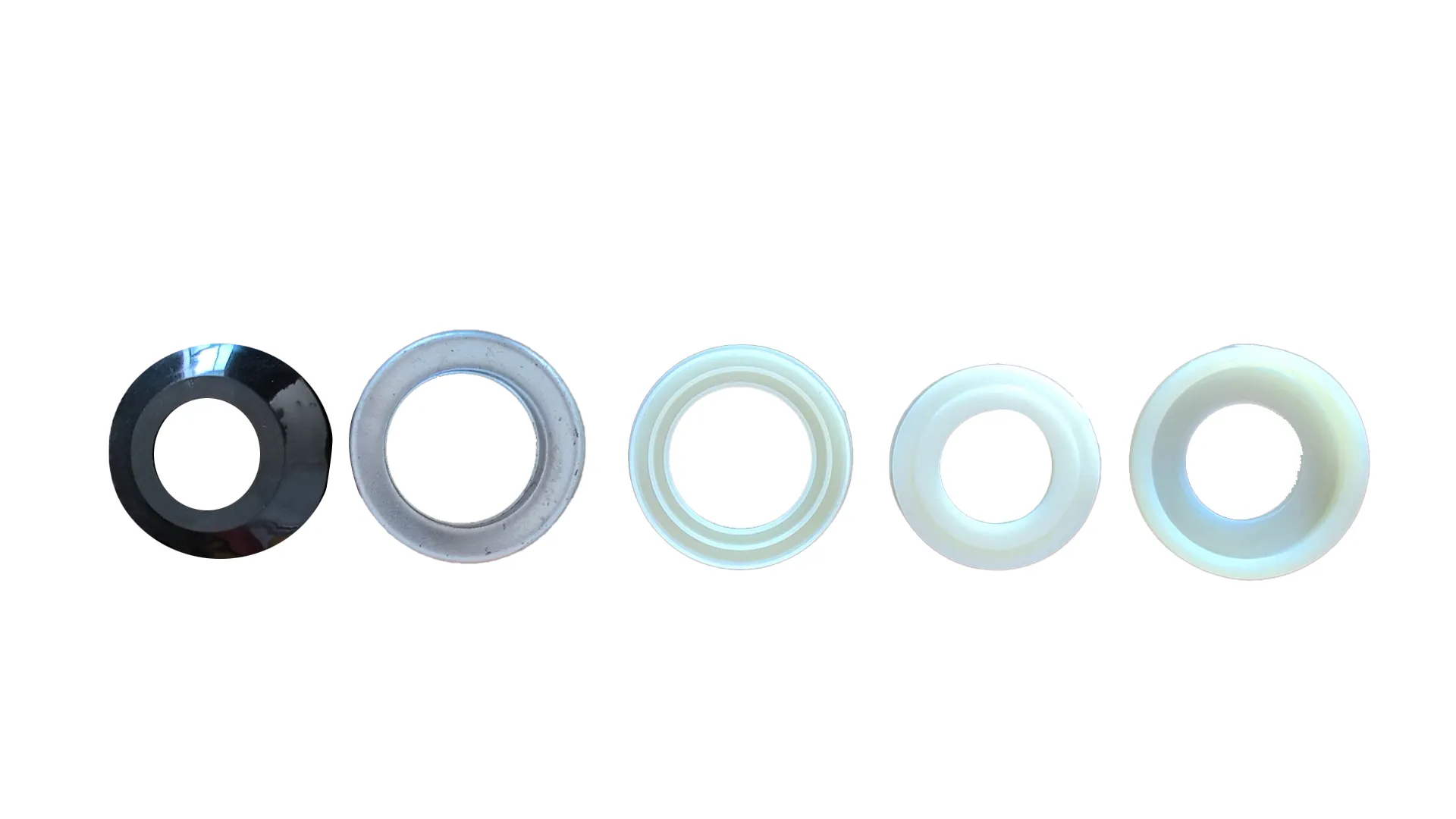 Afrikaans
Afrikaans  Albanian
Albanian  Amharic
Amharic  Arabic
Arabic  Armenian
Armenian  Azerbaijani
Azerbaijani  Basque
Basque  Belarusian
Belarusian  Bengali
Bengali  Bosnian
Bosnian  Bulgarian
Bulgarian  Catalan
Catalan  Cebuano
Cebuano  Corsican
Corsican  Croatian
Croatian  Czech
Czech  Danish
Danish  Dutch
Dutch  English
English  Esperanto
Esperanto  Estonian
Estonian  Finnish
Finnish  French
French  Frisian
Frisian  Galician
Galician  Georgian
Georgian  German
German  Greek
Greek  Gujarati
Gujarati  Haitian Creole
Haitian Creole  hausa
hausa  hawaiian
hawaiian  Hebrew
Hebrew  Hindi
Hindi  Miao
Miao  Hungarian
Hungarian  Icelandic
Icelandic  igbo
igbo  Indonesian
Indonesian  irish
irish  Italian
Italian  Japanese
Japanese  Javanese
Javanese  Kannada
Kannada  kazakh
kazakh  Khmer
Khmer  Rwandese
Rwandese  Korean
Korean  Kurdish
Kurdish  Kyrgyz
Kyrgyz  Lao
Lao  Latin
Latin  Latvian
Latvian  Lithuanian
Lithuanian  Luxembourgish
Luxembourgish  Macedonian
Macedonian  Malgashi
Malgashi  Malay
Malay  Malayalam
Malayalam  Maltese
Maltese  Maori
Maori  Marathi
Marathi  Mongolian
Mongolian  Myanmar
Myanmar  Nepali
Nepali  Norwegian
Norwegian  Norwegian
Norwegian  Occitan
Occitan  Pashto
Pashto  Persian
Persian  Polish
Polish  Portuguese
Portuguese  Punjabi
Punjabi  Romanian
Romanian  Russian
Russian  Samoan
Samoan  Scottish Gaelic
Scottish Gaelic  Serbian
Serbian  Sesotho
Sesotho  Shona
Shona  Sindhi
Sindhi  Sinhala
Sinhala  Slovak
Slovak  Slovenian
Slovenian  Somali
Somali  Spanish
Spanish  Sundanese
Sundanese  Swahili
Swahili  Swedish
Swedish  Tagalog
Tagalog  Tajik
Tajik  Tamil
Tamil  Tatar
Tatar  Telugu
Telugu  Thai
Thai  Turkish
Turkish  Turkmen
Turkmen  Ukrainian
Ukrainian  Urdu
Urdu  Uighur
Uighur  Uzbek
Uzbek  Vietnamese
Vietnamese  Welsh
Welsh  Bantu
Bantu  Yiddish
Yiddish  Yoruba
Yoruba  Zulu
Zulu Types of Bearing Housings and Their Applications in Mechanical Systems
Understanding Bearing Housing Types An Essential Guide
Bearing housings play a crucial role in various industrial applications. They provide support and protection for bearings, ensuring smooth operation and longevity of machines. This article explores different types of bearing housings, their designs, and applications, helping you understand their importance in machinery.
What is a Bearing Housing?
A bearing housing, also known as a bearing pedestal or bearing box, is an assembly that encases a bearing. It is designed to support the bearing while keeping it in alignment during operation. The primary functions of bearing housings include reducing friction, managing heat, and protecting bearings from dust and other contaminants. They are often made from materials like cast iron, steel, or plastic, depending on the application and the environmental conditions they will face.
Types of Bearing Housings
Bearing housings can be classified into several types based on their design and application. Here are some of the most common types
1. Plummer Blocks (Pillow Blocks) Plummer blocks are one of the most widely used types of bearing housings. They provide ease of installation and maintenance and are commonly utilized in heavy machinery applications such as conveyor systems and pumps. Plummer blocks can accommodate various bearing types, including spherical roller bearings and tapered roller bearings. Their design allows for the adjustment of the bearing, which is essential for accommodating misalignment.
bearing housing types

2. Flange Mounted Bearing Housings Flange mounted bearing housings are designed to be attached to a surface or a frame using bolts. They excel in applications where vertical or horizontal space is limited. These housings are often used in electric motors, fans, and other machinery where alignment and stability are critical. The integrated flange allows for easy mounting and provides a secure and rigid connection.
3. Take-Up Housings Take-up housings are specifically designed to allow for adjustment in tension and alignment. These housings are crucial in systems where conveyor belts or chains are used, as they enable operators to easily tension the drive components. They offer versatility and ease of maintenance, making them essential for various material handling applications.
4. Adapter Housings Adapter housings are used for mounting spherical roller bearings onto a shaft. They allow for misalignment between the shaft and the housing, making them suitable for applications with higher shaft deflection. Adapter housings facilitate easy installation while ensuring that the bearing remains securely positioned.
5. Split Housings Split housings are designed to simplify maintenance and replacement of bearings. This design allows the housing to be split into two halves, enabling easy access to the bearing without needing to remove the entire assembly. Split housings are ideal for large machinery in industries such as mining and heavy manufacturing, where downtime is costly.
Conclusion
Understanding the various types of bearing housings is essential for selecting the right component for your machinery. Each type offers unique advantages, catering to specific application requirements and operational conditions. Choosing the appropriate bearing housing can enhance equipment efficiency, reduce maintenance efforts, and prolong the lifespan of the bearings themselves.
Whether you need a plummer block for a heavy conveyor system or a flange-mounted housing for a compact motor, recognizing the attributes of each type will lead to better performance and reliability in your industrial applications. As technology continues to evolve, manufacturers constantly innovate bearing housing designs, ensuring they meet the demands of modern machinery and industry standards. By staying informed about these developments, engineers and technicians can make more informed decisions and optimize machine performance.
-
Revolutionizing Conveyor Reliability with Advanced Rubber Lagging PulleysNewsJul.22,2025
-
Powering Precision and Durability with Expert Manufacturers of Conveyor ComponentsNewsJul.22,2025
-
Optimizing Conveyor Systems with Advanced Conveyor AccessoriesNewsJul.22,2025
-
Maximize Conveyor Efficiency with Quality Conveyor Idler PulleysNewsJul.22,2025
-
Future-Proof Your Conveyor System with High-Performance Polyurethane RollerNewsJul.22,2025
-
Driving Efficiency Forward with Quality Idlers and RollersNewsJul.22,2025





























